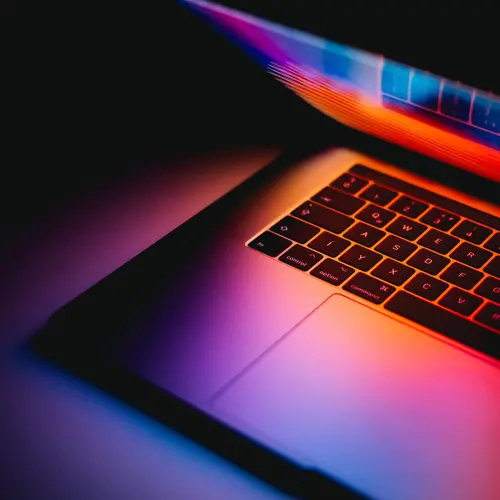
(Rex) Devon Hjelm
Affiliate Member
Research Scientist, Apple MLR
Research Topics
Causality
Deep Learning
Generative Models
Information Theory
Online Learning
Probabilistic Models
Reasoning
Reinforcement Learning
Representation Learning



